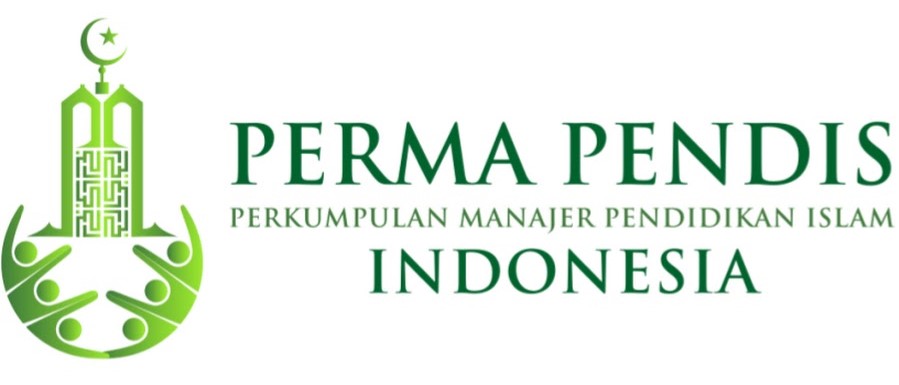Youth Leadership Character Development at the Karang Taruna Organization in Karawang West Java
DOI:
https://doi.org/10.29240/jsmp.v5i2.3928Keywords:
Youth Leadership Character, Karang Taruna OrganizationsAbstract
Downloads
References
Ambarita, B. (2013). “Profesionalisme, Esensi Kepemimpinan, dan Manajemen Organisasiâ€. Jurnal Generasi Kampus Vol. 6, No. 2,, 6.
Beana, C., Harlowb, M., & Fornerisa, T. (2016). Examining the importance of supporting youth’s basic needs in one youth leadership programme: a case study exploring programme quality. International Journal of Adolescence and Youth, 1.
Fathurrochman, I., Siswanto, S., Anggraeni, R., & Kumar, K. S. (2021). Pengadaan Sarana dan Prasarana Pendidikan dalam Menunjang Mutu Pembelajaran di SDN Lubuk Tua Kabupaten Musi Rawas. Jurnal Darussalam: Jurnal Pendidikan, Komunikasi dan Pemikiran Hukum Islam, 13(1), 65-75.
Gould, D., & Voelker, D. K. (2013). Enhancing Youth Leadership Through Sport and Physical Education. Journal of Physical Education, Recreation & Dance, 40.
Gultom, A. (2019). Konsumtivisme Masyarakat Satu Dimensi Dalam Optik Herbert Marcuse. Jurnal Pendidikan Nilai dan Pembangunan Karakter 2 (1), 7-13.
Handayaningrat. (1996). Pengantar Studi Ilmu Administrasi dan Manajemen. Jakarta: Gunung Agung.
Hope, K. R. (2012). Engaging the youth in Kenya: empowerment, education, and employment. International Journal of Adolescence and Youth Vol. 17, No. 4, 222.
Jones, R., Merriman, P., & Mills, S. (2016). Youth organizations and the reproduction of nationalism in Britain: the role of Urdd Gobaith Cymru. Social & Cultural Geography VOL. 17, NO. 5, 714–734, 715.
Karagianni, D., & Montgomery, A. J. (2017). Developing leadership skills among adolescents and young adults: a review of leadership programmes. International Journal of Adolescence and Youth, 2.
Khan, L., S, H., & R, A. (2009). Taking the Lead: Youth Leadership in Theory and Practice. The Young Foundation.
Laka, L., & Reresi, M. (2021). Penanaman Nilai-nilai Moral pada Pemuda melalui Kegiatan Karang Taruna. Jurnal Penelitian Pendidikan Pancasila dan Kewarganegaraan Vo. 1 No. 1, 33.
Majid, A., & Andayani, D. (2012). Pendidikan Karakter Perspektif Islam. Bandung: PT Remaja Rosdakarya.
Moerdiyanto. (2000). Peranan Pengurus Karang Taruna Berstatus Mahasiswa Dalam Meningkatkan Kinerja Organisasi. Journal of Molecular Biology Vol. 301, 3.
Mufarriq, M. U. (2020). Membentuk Karakter Pemuda Melalui Pencak Silat. Jurnal Khazanah Pendidikan Islam, 42.
Oparinde, K. M., Agbede, G. T., & Bariki, M. E. (2017). Student/Youth Leadership Development in Contemporary Societies: A Review Attempt. Journal of Social Sciences, 15.
Prokkola, E.-K., & Ridanpää, J. ( 2017). Youth organizations, citizenship, and guidelines for tourism in the wake of mass tourism in Finland. Citizenship Studies, VOL. 21, NO. 3, 359–377, 367.
Redmond, S., & Dolan, P. (2014). Towards a Conceptual Model of Youth Leadership Development. Child and Family Social Work Journal.
Robbins, S. (1994). Teori Organisasi : Struktur, Desain & Aplikasi. Jakarta: Arcan.
Robinson, G. (1999). Perilaku Organisasi Jilid I. Jakarta: PT Indeks.
Safitri, N., & Kisworo, B. (2014). Partisipasi Pemuda Dalam Program Karang Taruna Desa. Journal of Non Formal Education and Community Emporwerment, 45.
Sahadi, Taufiq, O. H., & Wardani, A. K. (2020). Karakter Kepemimpinan ideal Dalam Organisasi. Jurnal Moderat Vol. 6 No. 3, 3.
Sarwoto. (1994). Dasar Organisasi dan Manajemen. Jakarta: Ghalia Indonesia.
Slamet. (2002). Administrasi Negara Sebuah Pedoman Kerja. Jakarta.
Soedarsono, S. (1997). Ketahanan Pribadi dan Ketahanan Keluarga Sebagai Tumpuan Ketahanan Nasional. Jakarta: PT Intermasa.
Sosial, P. M. (2019). Karang Taruna. Jakarta: Kementerian Sosial.
Sulaksana. (2002). Menuju Masyarakat Partisipatif. Yogyakarta: Kanisius.
Suyadi. (2013). Strategi Pembelajaran Pendidikan Karakter. Bandung: PT Remaja Rosdakarya.


















